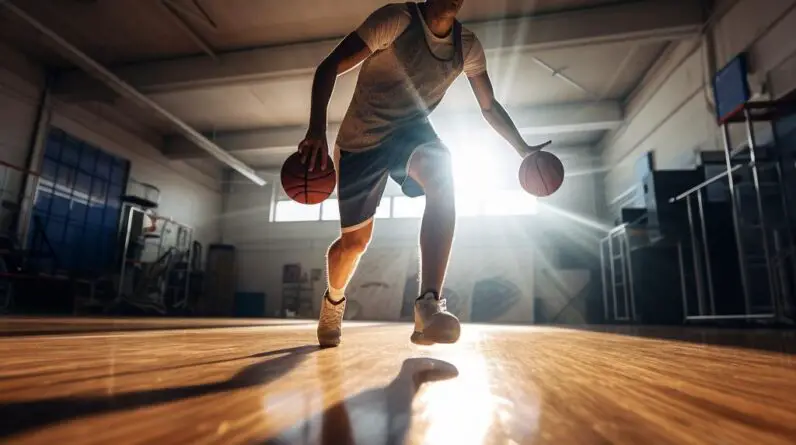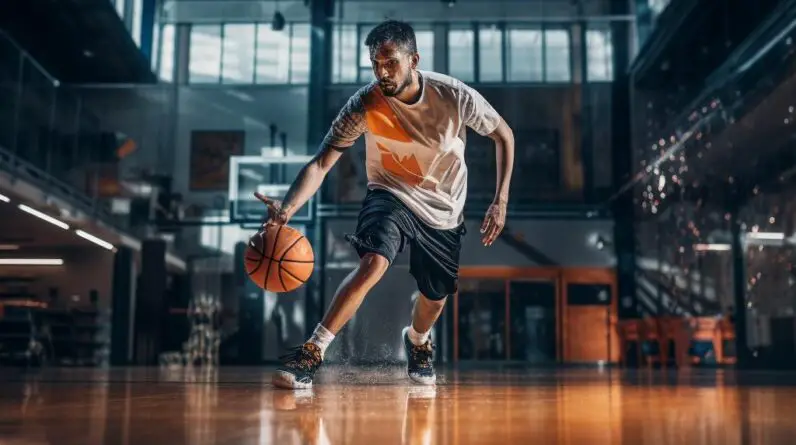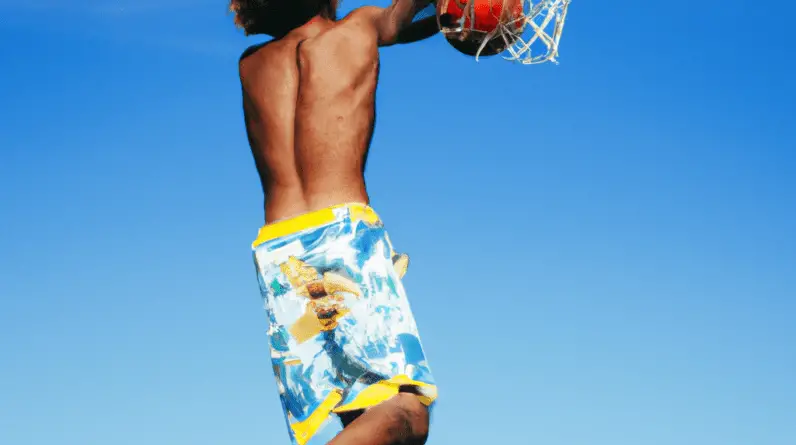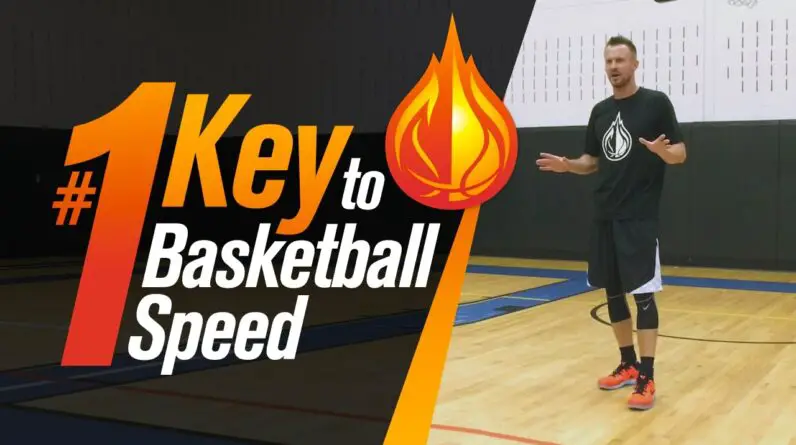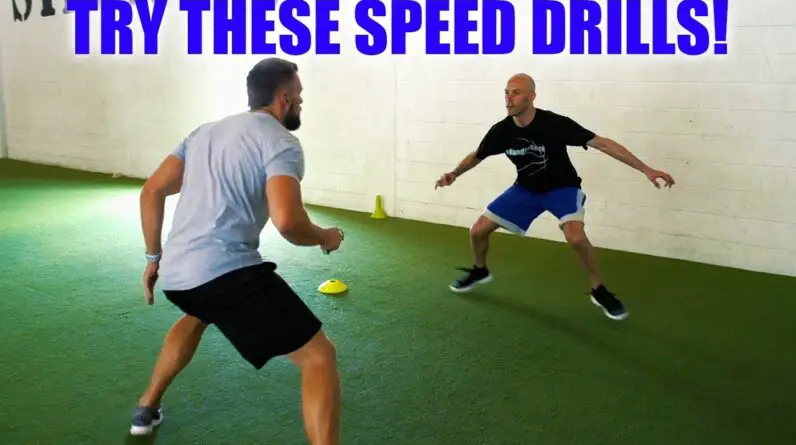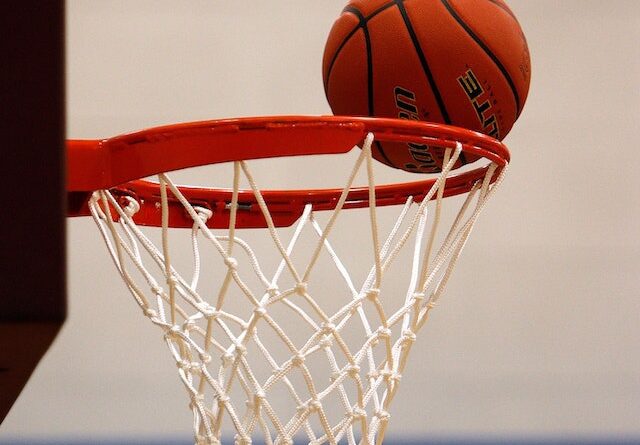The Importance of Hand Speed in Basketball
Having quick hands is one of the most important skills a basketball player can possess. Hand speed allows you to dribble faster, make quicker passes, get more steals on defense, and get your shot off faster on offense. Developing hand speed takes time and effort, but implementing some simple hand speed drills into your training routine can help improve this critical skill. In this article, we’ll look at why hand speed matters so much in basketball and provide some effective drills you can use to improve your hand quickness.
Why Hand Speed Matters
Hand speed is important in basketball for several key reasons:
– Ball handling – Players with faster hands can protect the ball better when dribbling in traffic. Quick hands allow you to change direction rapidly while maintaining control of the dribble.
– Passing – Quick passes are harder for defenders to react to and intercept. Fast hands allow you to whip the ball around the court faster and catch defenders off guard.
– Shooting – Getting shots off quicker makes it harder for defenders to block or alter shots. Players with quick hands can catch and shoot or pull up faster.
– Defense – Fast hands lead to more steals, deflections, and disrupted dribbles. The ability to react and move your hands swiftly is vital on the defensive end.
– Reaction time – Overall court quickness and reaction time improves with better hand speed. Things seem to happen in slow motion for players with lightning-fast hands.
As you can see, hand speed provides advantages in nearly every aspect of the game. From dribbling and passing to shooting and defense, quick hands make you a more dynamic and dangerous player on the court. Focusing on hand speed drills is one of the best ways to take your game to the next level.
Important Hand Speed Drills
Here are some of the most effective drills you can do to improve hand quickness for basketball:
– Ball Slaps – This simple drill involves slapping a basketball repeatedly with your hands as fast as you can. Keep your hands low and actively slap the ball, developing a rhythm between your right and left hands.
– Dribbling Speed Drills – Set up cones or objects and practice dribbling rapidly through them, changing direction and pushing the ball low and fast. Vary moves between crossovers, in and outs, and behind the back dribbles.
– Ball Circles – Using one hand, dribble the ball rapidly in a tight circle, then switch and repeat with your other hand. Keep circles tight and hands low for maximum speed.
– Rapid Fire Passing – Stand close to a wall and quickly pass the ball back and forth against the wall, focusing on speed of release and reception. Move further back as you improve.
– Partner Hand-Offs – Face a partner and take turns rapidly handing the ball back and forth from right to left hand. See how many successful exchanges you can complete in 30 seconds.
– Defensive Slide Drills – Set up cones and practice sliding side-to-side while slapping the ground rapidly with your hands. Keep low in an athletic stance and move your hands swiftly.
– Hand Reaction Ball – Use a hand reaction ball to sharpen reflexes and hand-eye coordination. Volley the ball back and forth off a wall from varying distances.
– Finger-tip Pushups – Do pushups normally, then walk your hands in and perform pushups on your finger-tips. The instability forces your hands and fingers to react and move fast.
– Soft Toss Reaction Catches – Have a partner gently toss the ball at you from short distances in random directions. React quickly and catch the ball cleanly with fast hands.
Hand speed drills like these performed regularly will ingrain quick reactions into your muscle memory. With enough quality repetitions, your hands will automatically be faster on both offense and defense. Be creative and try setting up obstacle courses that combine dribbling, passing, catching, defensive slides, and other basketball moves. Focus on executing each skill with the fastest hands possible.
Tips for Maximizing Hand Speed
Here are some key tips to get the most out of your basketball hand speed training:
– Train hands separately – Isolate right and left hands during drills. Develop quickness in each hand individually.
– Quality over quantity – Perfect hand speed over high volume repetitions. Focused, perfect reps will increase speed better than sloppy high reps.
– Low, active dribble – Always keep dribble low with bent knees to maximize speed and control.
– Use hand strengthening devices – Stress balls, grip strengtheners etc. build hand muscles for speed.
– Watch film – Study players with great hand speed like Chris Paul. Visualize moving hands as quickly.
– Coordinate feet and hands – Feet should move swiftly in sync with rapid hand movement.
– Compete – Train with a partner and push each other. See who can complete drills fastest.
– Be gradual – Start slow and increase hand speed gradually over time. Avoid injury with too much too soon.
– Stay relaxed – Tension reduces speed. Keep muscles relaxed for fluid, fast motions.
Making hand speed a focal point of your training will make you a much harder player to defend. Dedicate 10-15 minutes each practice to hand quickness drills. Be patient and keep working – increased hand speed will come with consistent, diligent work over time. Once it develops, you’ll have a huge advantage over slower opponents in game situations.
Conclusion
Great hand speed is a coveted skill in basketball, giving players an edge in ball handling, passing, finishing, and defense. By implementing hand speed drills like ball slaps, dribbling routines, and reaction catches into your workouts, you can steadily improve the quickness of your hands. Train each hand equally and focus on quality over quantity. Compete against partners and visualize moving your hands rapidly like the pros.
Making hands faster may not be the most fun part of basketball, but it’s one of the most effective ways to improve your game. Put in the work on hand speed drills and you’ll see big dividends the next time you compete. Faster hands translate directly into becoming a better dribbler, passer, shooter, and defender on the court.

